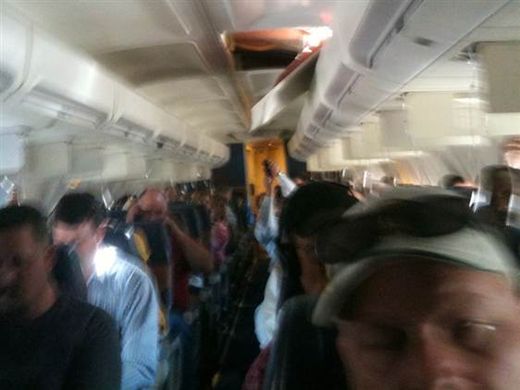
Flight 812, carrying 118 passengers, landed safely at Yuma Marine Corps Air Station/International Airport at 4:07 p.m. after experiencing "rapid decompression," the FAA said.
"Upon safely landing in Yuma, the flight crew discovered a hole in the top of the aircraft," Southwest said in a statement. "There are no reported customer injuries. One of the flight attendants, however, received a minor injury upon descent."
The cause of the decompression was not known, FAA spokesman Ian Gregor said. An FAA inspector from Phoenix was en route to Yuma.
Terrorism was not suspected because an FBI spokesman in Sacramento, Steve Dupre, said "it appears to be a mechanical issue."

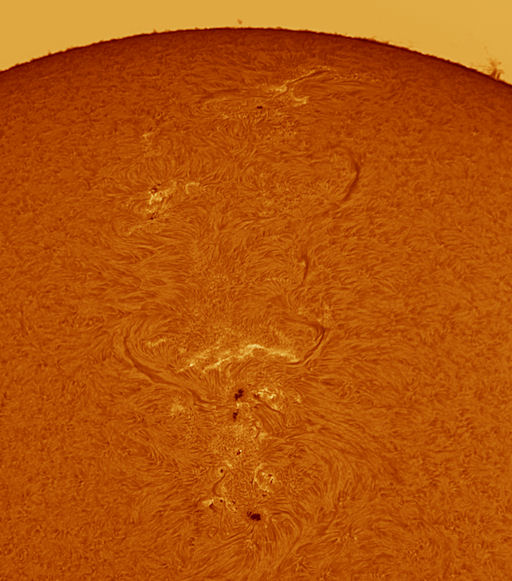
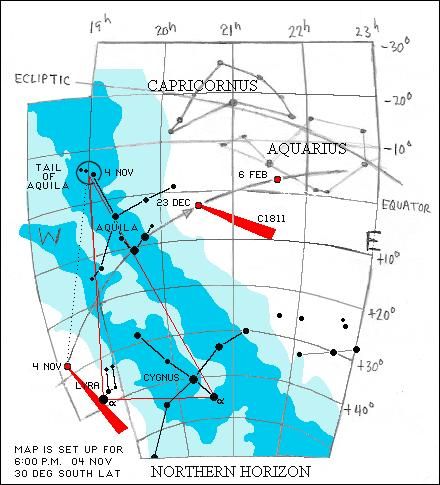
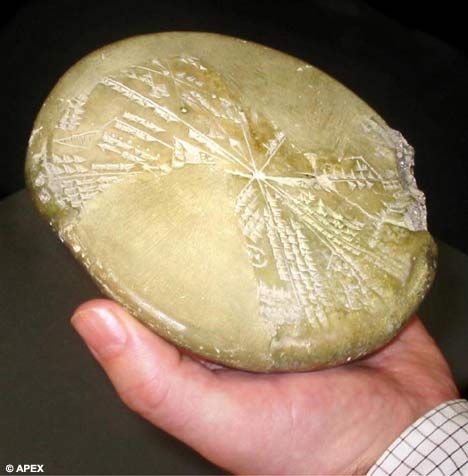
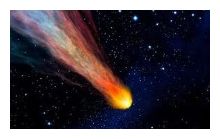




Comment: In a separate report on this incident: